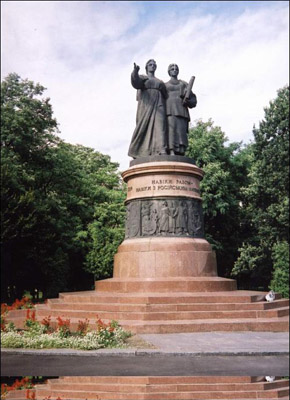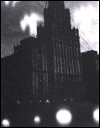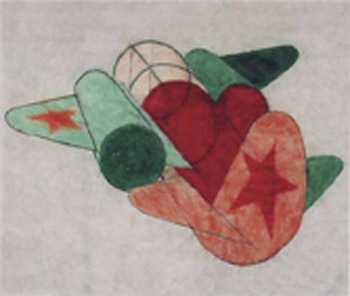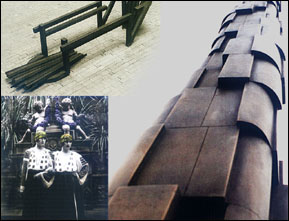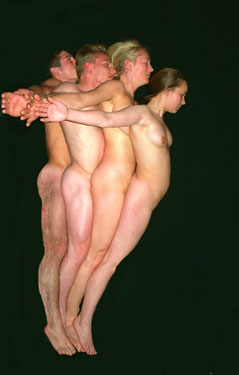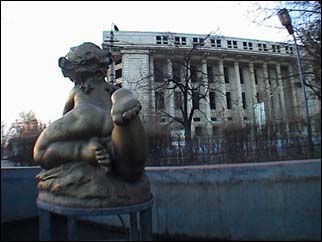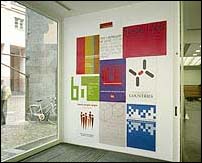Socialist Evening Realistic Post
I.
It does not take an experienced connoisseur to notice the uncanny similarity between the widely popular art of Norman Rockwell and certain artworks of Socialist realism.
Similarly, some of the official art created in the Soviet Union during Rockwell’s most successful years could easily pass as emblematic of the Saturday Evening Post covers depicting that era.
This can be a confusing realization given that these images originated from the two very polarized ideological standpoints of that time. Is this a mere coincidence of style, or are these two forms of expression somehow more deeply bound?
The art of the … Read more


